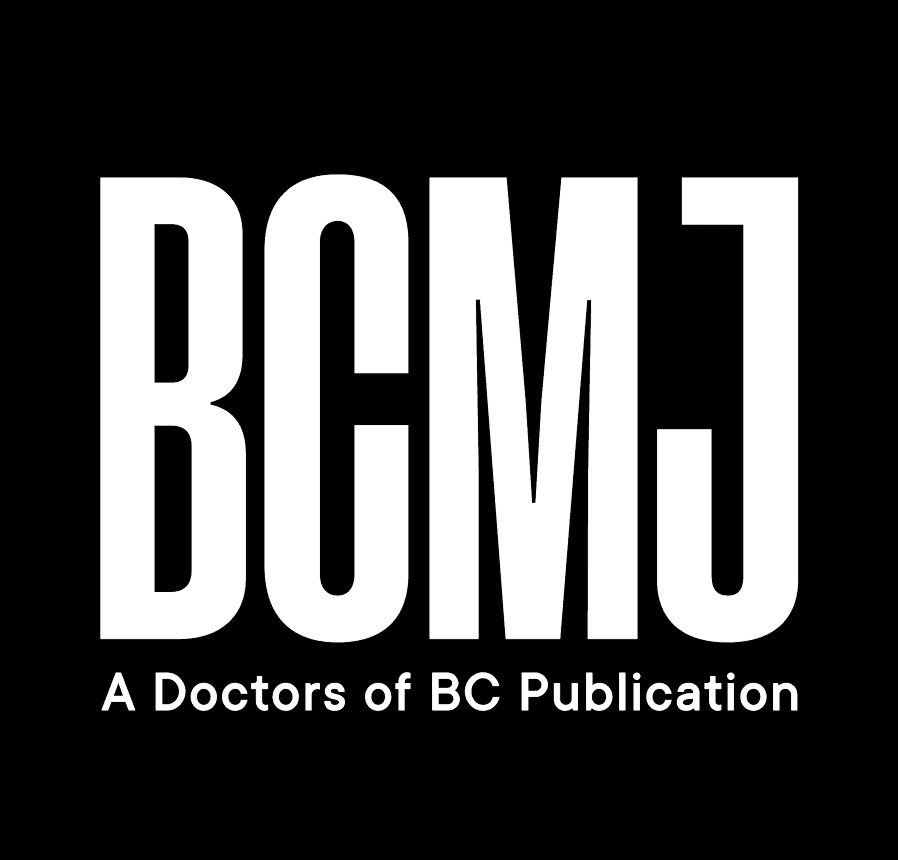Vaccine-hesitancy conversations
Measles outbreaks in several countries, including Canada, have exposed the ongoing struggle physicians face with vaccine hesitancy. Measles was declared eliminated in Canada in 1998.[1] As of 23 June 2025, there were 3381 cases of measles reported in Canada, and numbers continue to rise in several provinces[2]—a stark contrast to the three reported cases in Canada in 2022.[2] Despite our immunization levels remaining high as a country, there are pockets of undervaccinated populations, whether due to barriers in access, vaccine hesitancy, or misinformation, allowing outbreaks to be possible.
Vaccine hesitancy is something I encounter every day as a family physician. From routine childhood immunizations to prevention of shingles, pneumonia, and respiratory syncytial virus in older populations, vaccines impact every patient we encounter. Along with administering and discussing vaccines, there is also the uphill battle of debunking the misinformation patients hear from other sources, whether the Internet, acquaintances, or, more significantly, governing officials. In the US, the antivaccine rhetoric from the Secretary of Health and Human Services, Robert F. Kennedy Jr., has grown increasingly concerning. False claims that vaccines cause autism and questions about the safety and efficacy of the measles-mumps-rubella vaccine have gained traction in the media. The recent measles outbreak in Texas, with reported fatalities, highlights the very real outcomes of vaccine hesitancy and misinformation.
During influenza season, I hear “I don’t believe in the flu vaccine” several times a day. I try to encourage discussion and explore patients’ beliefs about why they think the flu vaccine does not work. Unfortunately, with the reality of a busy practice, I pick and choose my battles. Sometimes I spend 15 minutes discussing a vaccine and answering a patient’s questions and concerns, only to be met with continued skepticism. It can be exhausting.
There are a few things I find helpful to generate discussion, or at least plant a seed that we can revisit later.
I deliver a strong, confident recommendation and listen to concerns without judgment. I have had instances where a patient comes back to request a vaccine several months after I had a seemingly futile discussion with them. Having educational materials like pamphlets and posters in our office has encouraged patients to ask questions about vaccines and do more research if they wish.
I try to increase convenience for the patient. When a patient comes in for a routine visit like a medication refill, I always ask, “We also have the flu vaccine in office; would you like one?” I have also worked in offices with drop-in vaccine clinics to increase convenience. The availability of vaccines in pharmacies with administration by pharmacists has also been extremely valuable. As many patients reach out to social media for information, trusted sources like our public health agencies and organizations can continue to promote vaccine information and encourage vaccination.
Even when it feels like a struggle to address vaccine hesitancy in a busy practice, I hope we can continue to encourage thoughtful discussion with our patients and believe that we are making a difference. As we brace for another respiratory illness season in the fall, what are some beneficial ways you have found to promote vaccine uptake in your practice?
—Yvonne Sin, MD
hidden
 |
| This work is licensed under a Creative Commons Attribution-NonCommercial-NoDerivatives 4.0 International License. |
References
1. Osman S, Crowcroft N, McLachlan E, et al. Population immunity to measles in Canada using Canadian Health Measures survey data – A Canadian Immunization Research Network (CIRN) study. Vaccine 2022;40:3228-3235. https://doi.org/10.1016/j.vaccine.2022.04.011.
2. Government of Canada. Measles and rubella weekly monitoring report. Modified 9 June 2025. Accessed 10 June 2025. https://health-infobase.canada.ca/measles-rubella/.

